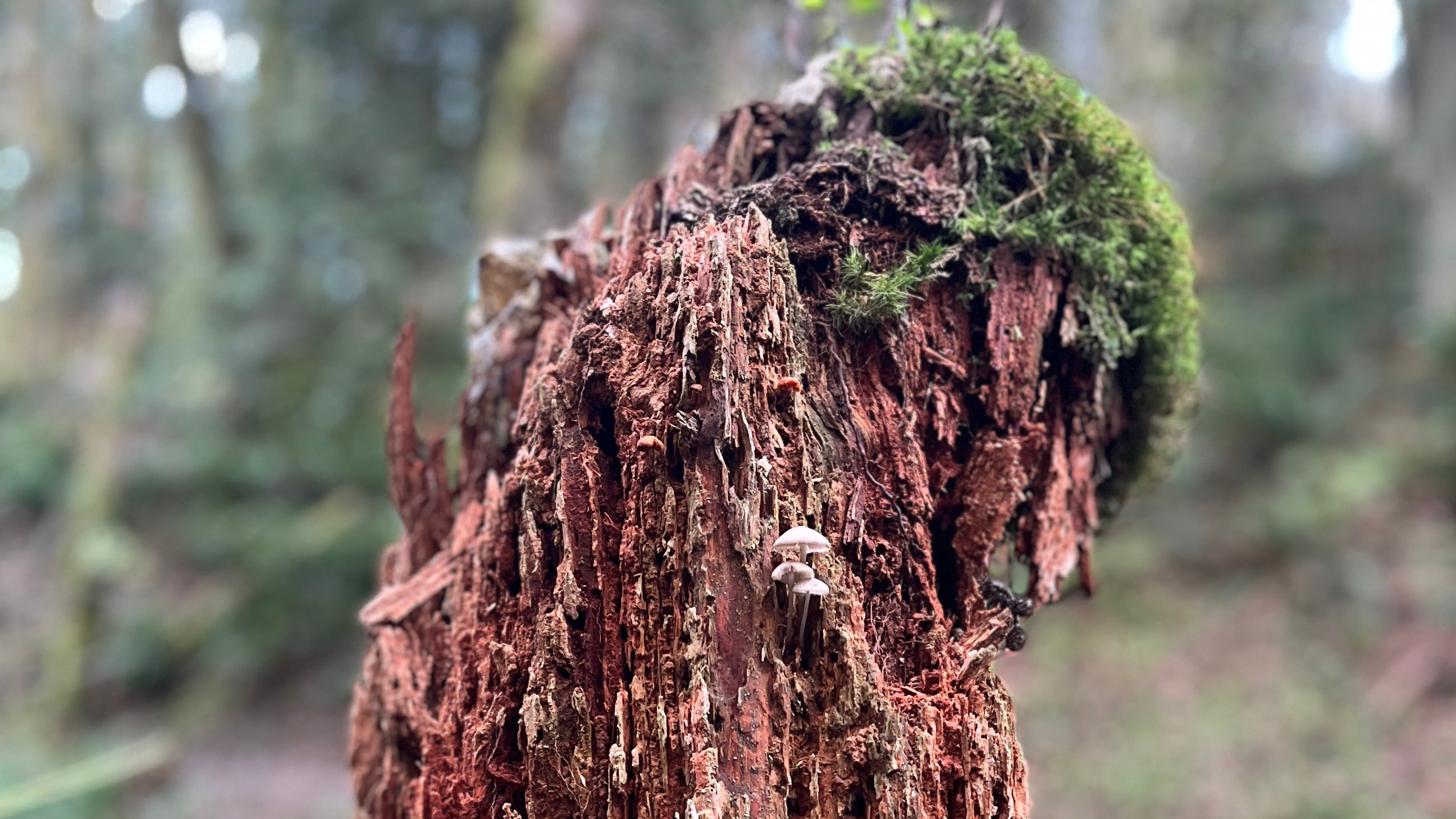A controversial proposal by Portland General Electric to cut down nearly 5 acres of trees in Forest Park will go before the Portland City Council at 2 pm Thursday, April 17, as residents and environmental advocates prepare to protest outside City Hall.
The project would remove approximately 376 trees—some decades or even centuries old, critics say—to make way for a transmission line PGE says is necessary to meet growing energy demands. The plan has drawn criticism from conservation groups and members of the public who say the environmental cost is too high.
An earlier review by city permitting staff recommended denying the project’s environmental review, citing permanent impacts to wetlands, streams, and wildlife habitat, including areas known to support at-risk species like the northern red-legged frog and Roosevelt elk. Despite that recommendation, the project was approved by hearings officer Marisha Childs, who dismissed the environmental concerns of staff at Portland’s Permitting and Development Office.
In March, the Forest Park Conservancy appealed that decision to the City Council. It will be one of the first major policy decisions weighed by the new 12-member body.
“This is a great step backwards in our city’s efforts to promote climate resilience, community engagement, and proper use of our critical greenspaces,” Scott Fogarty, executive director of the Forest Park Conservancy, said in March. “We plan on working with other organizations and local community partners to continue to push back on PGE’s efforts.”
Protesters are expected to gather outside City Hall around noon ahead of the hearing, calling on the city to reject the plan and demanding greater oversight over development in Portland’s largest natural area.
Andrea Platt, a spokeswoman for PGE, says there is some misinformation and misconceptions about the proposed land use action.
“This is not an old-growth forest,” Platt says. “Nor is it clear-cut. This is something we have looked a great deal into and hired board-certified arborists to go and look through over 700 trees. This allows us to protect the maximum number of trees and to remove the minimum number for safety’s sake.”
Platt says there were “no other feasible projects” that would meet the energy needs and expectations that have changed greatly over the years.
“Our needs have changed and so has the climate,” Platt says. “We have to plan to meet the extreme needs. Thirty years ago, we didn’t need air conditioning, but with heat domes growing every year, there is more demand than our system can deliver.”
Platt says that while PGE looked into alternative paths for the transmission line, the utility ruled those out because they’d impact private property and could expose PGE to legal battles.
Platt says PGE plans to plant over 400 Oregon white oak, a conservation habitat species, in the immediate project area, as well as 500 smaller trees and shrubs and some 8,800 native plants in order to protect the biodiversity of Forest Park.
The public may testify at the hearing in person or submit written comments through the City Council’s website.
Correction: This story initially misstated the day of the week when the hearing will occur. It has been updated.
